 Editors Note Through his story of a near life ending event to a recovery that continues to inspire so many around the world, Brian’s greatest gift in the authentic passion he brings to the topic of the patient experience. Inspired by those who in his darkest hours still honored him for the individual he was and the humanity he represented, Brian continues to strive to elevate the conversation on the little things we can do to have big impact on people’s lives. Brian’s latest book, The Patient Experience: The Importance of Care, Communication, and Compassion in the Hospital Room, continues his contribution to the patient experience conversation as an advocate for all the good that can be done in healthcare every day.
Editors Note Through his story of a near life ending event to a recovery that continues to inspire so many around the world, Brian’s greatest gift in the authentic passion he brings to the topic of the patient experience. Inspired by those who in his darkest hours still honored him for the individual he was and the humanity he represented, Brian continues to strive to elevate the conversation on the little things we can do to have big impact on people’s lives. Brian’s latest book, The Patient Experience: The Importance of Care, Communication, and Compassion in the Hospital Room, continues his contribution to the patient experience conversation as an advocate for all the good that can be done in healthcare every day.
The world is full of unknowns. We were a normal family living a happy life, and then one day, a near fatal car accident changed everything. On July 6, 2004, I was on my way home from swim practice and was involved in a near fatal car accident with a speeding dump truck. The injuries were catastrophic. I lost 60% of my blood, my heart was ripped across my chest, lungs collapsed, and my major organs and pelvis were pulverized. I had to be brought back to life eight times on the operating table. The life that my parents and I knew was shattered. For the next few months, we were constantly faced with unfathomable uncertainty and total despair.
While in a two-month long medically induced coma, I was unable to move or talk to anyone around me, yet I was able to hear, see, and feel pain for a majority of my time on life support in the Intensive Care Unit. As a family, we never thought that we would face such a traumatic situation, or rather, such a horrific nightmare. We were thrown into a place consisting of surgeries, machines, tubes, blood, and medical terms that caused utter confusion. We were in the hands of my medical team, and a few of them even said I was “in God’s hands.”
As a patient, or the loved one of a patient, life seems to go on standby when you enter this atmosphere. You frequently come face to face with the strength of the human spirit and the perseverance of the mind and the body. Throughout this entire ordeal, my parents and I experienced how unforgiving life can be and how it can drastically change in the blink of an eye. There was no guidebook or support group to prepare us for what we were in for as a family.
Communication was so important to us in the hospital setting because it helped us prepare for what was around the corner. My favorite care providers — my “dream team” members — were the men and women that came into my room with a positive presence, spoke to us, got to know me and my parents, and made a sincere connection with us as a family. This engagement meant a lot to us because it built a foundation of trust and friendship, which was a comforting sense of familiarity in an unfamiliar environment.
Most of my physical pain was taken care of with the help of morphine and heavy sedation that was continuously being pumped into my nearly lifeless body. I may have been the patient laying in the hospital bed, I was not the only one in that room who was suffering. My parents didn’t have morphine to take away their pain that began the moment they received a phone call from my hospital alerting them about my critical condition. That phone call changed our family, and as much as we have persevered over the years, the entire experience still lingers as if it were yesterday.
In my situation, as a patient clinging to life in room 19 of ICU, I did everything I possibly could to show any positive signs of life to my parents because I knew they were having a really difficult time. They did their best to stay strong. As a family, we experienced good days and bad days in the hospital regarding my recovery, and some days were just devastating. But, seeing my parents next to my hospital bed gave me hope.
When I was being weaned off the heavy sedation, I did everything I could to show them that I was aware of their presence because I could see how much happiness it brought to them. A smile, a blink of an eye, a twitch of the finger may have been just subtle signs of activity, but that was physical proof that I still existed and was desperately clawing my way back to life. Having my parents there with me in the hospital meant everything to me. Growing up, they were my role models, my friends, my supporters — and in the hospital, my guardian angels.
I often reflect back on my time in ICU as a team effort, between myself and my care team, and also with my parents, family, and friends. The loved ones of a patient are an integral part of the overall care plan, and that is why I believe in patient and family centered care. In this day in age, the patient experience is a very important focus and discussion. But, we must always be willing to look one step further and be aware of the experiences of both the patient and their family in the hospital setting.
Assuming that a healthy and stable relationship exists, the family knows the patient better than anyone else in the world because they have spent years living with or in close proximity with this person who is now the patient. In the hospital, you can spend a few minutes or even a few hours with a patient in order to get to know their likes and dislikes, as well as a brief understanding of their background. However, no matter how much time you spend with a patient, the family, especially the parents, guardians, or spouse, will have the advantage when it comes to knowing the patient best. For a younger patient, the maternal and paternal bond develops when their child is born, and this genetically acquired connection is so powerful that they are able to recognize practically imperceptible physical and behavioral changes when nobody else can. The family and friends will typically know the common gestures, movements, body language, personality traits, inner thoughts, idiosyncrasies, behaviors, and typical phrases and concerns of their loved one.
On numerous occasions where I have talked to parents about their children who were unconscious, comatose, or in a catatonic state, they discussed with me how they were often aware of the feelings and emotions of their children — even though there were no words actually being spoken. The patient’s body may appear almost lifeless to anybody else in the room, but to the parents, there is almost a telepathic interaction that takes place where they can see visible signs of life. Their level of awareness originates from their love, which is unbounded by the normal limits of science and medicine.
As the patient is recovering, this is only the beginning of the journey for the family. They have questions, thoughts, and concerns about how the life they once knew has now gone on standby. Including the family in the treatment plan is important, and I have learned over the years that just taking the time to listen to the questions and concerns from the patient and family means so much. Even if an answer can not be given, just the fact that their concerns were listened to and addressed goes a long way with the healing process.
When communicating to the family, it is helpful to:
- Establish a point of contact in the family to relay information to the rest of the family and friends.
- Create website to share information regarding the patient with family and friends (e.g. CaringBridge).
- Review information regarding the hospital procedures, visiting hours, important contacts and their phone numbers.
- Be aware of what you are saying, but also how you are saying it.
- Speak in a gentle tone of voice, using their names and the name of the patient.
- Try to form a connection in order to build a sense of trust.
- Reflect on the type of family you are talking to.
- Provide realistic expectations.
- If you can’t answer their question, just taking the time to listen helps a lot.
When you are focusing on the goals for the patient’s recovery, the doctors work with the nurses, specialists, and patient’s family to decide on the appropriate care plan for the patient on both a short- and long-term basis. It is vital that this multi-disciplinary approach occurs during the formation of the care plan and is frequently updated as time goes on. The loved ones of a patient may not have a medical license or healthcare background, but their voice and presence matters in the hospital room. Similar to a mechanical system of interlocked gears, the communication between the patient, family, and health care providers is very important throughout the entire recovery process.
Each group spends time observing the patient, therefore every group can contribute to the overall treatment plan. There are so many advantages to taking this approach because every voice is heard, every concern is addressed, and every potential approach is analyzed by the overall team before a plan is pursued. This plan is truly enriched because all contributing groups provide their input, helping get the patient from their current state of being sick or injured onto a path of recovery.
The full article can be found here.
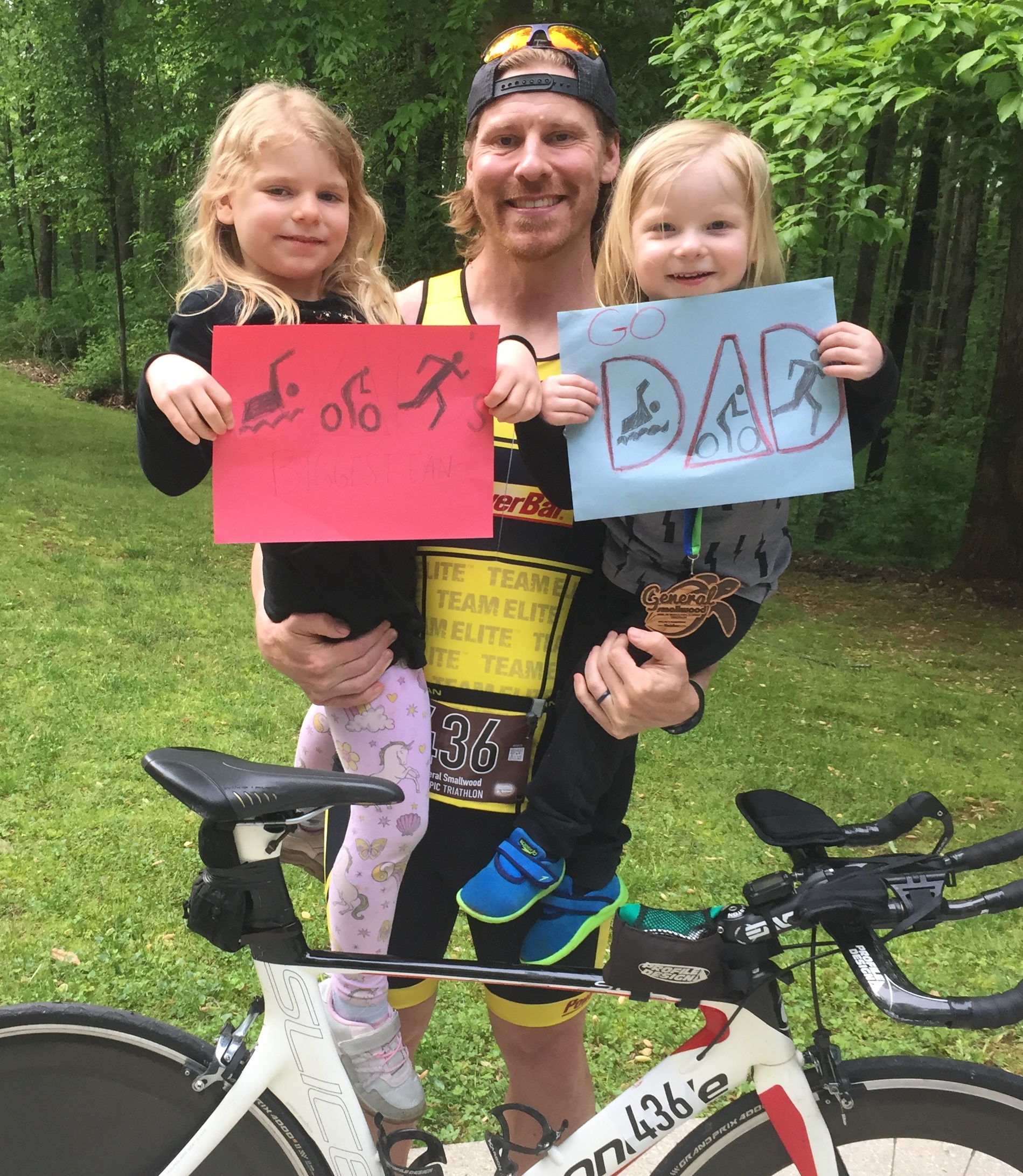
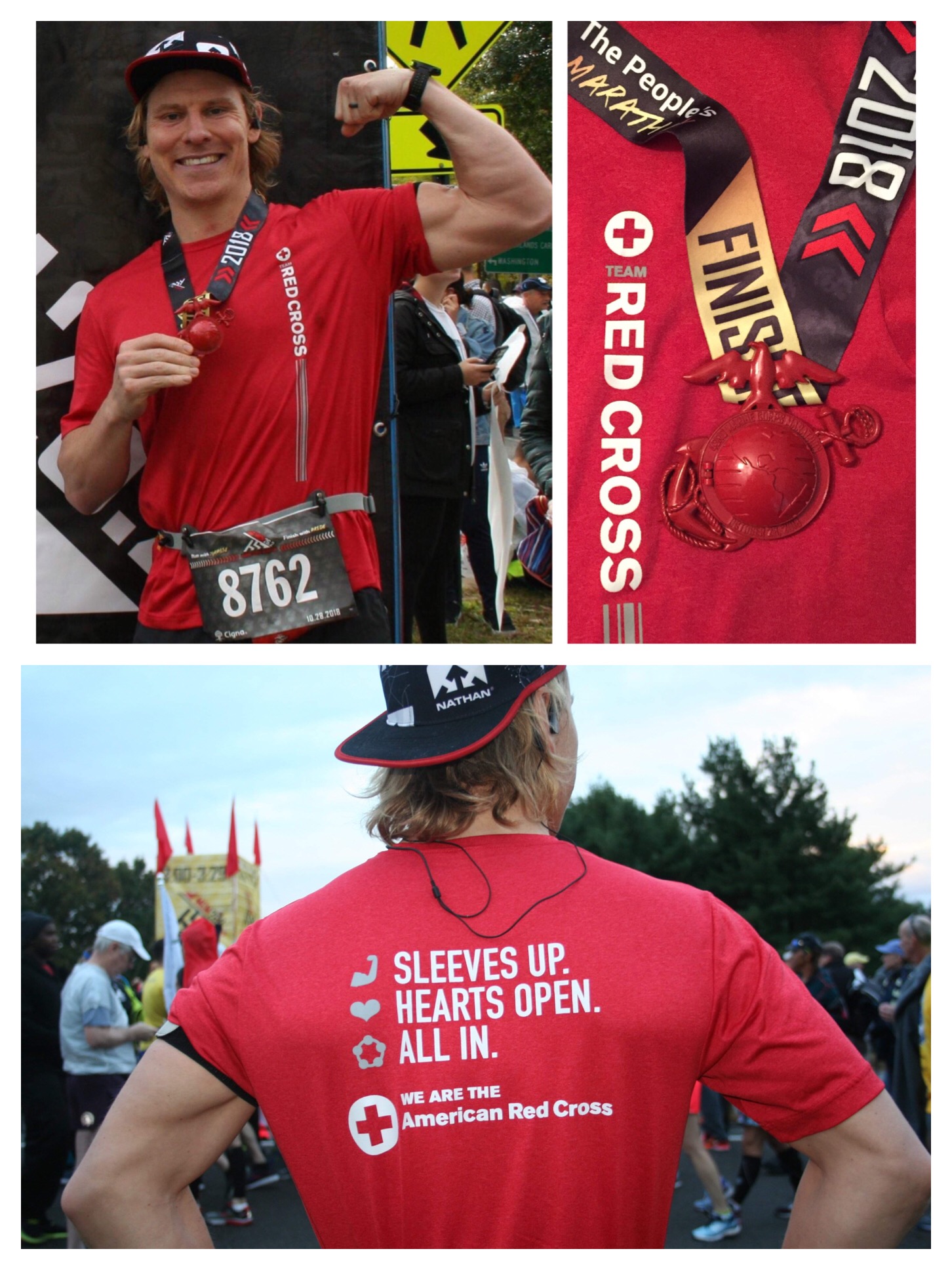 On Sunday, October 28th, I had the privilege of running in the Marine Corps marathon for Team Red Cross. This was my third time running in this prestigious event and the weather conditions were the best I ever experienced in any past marathon event.
On Sunday, October 28th, I had the privilege of running in the Marine Corps marathon for Team Red Cross. This was my third time running in this prestigious event and the weather conditions were the best I ever experienced in any past marathon event.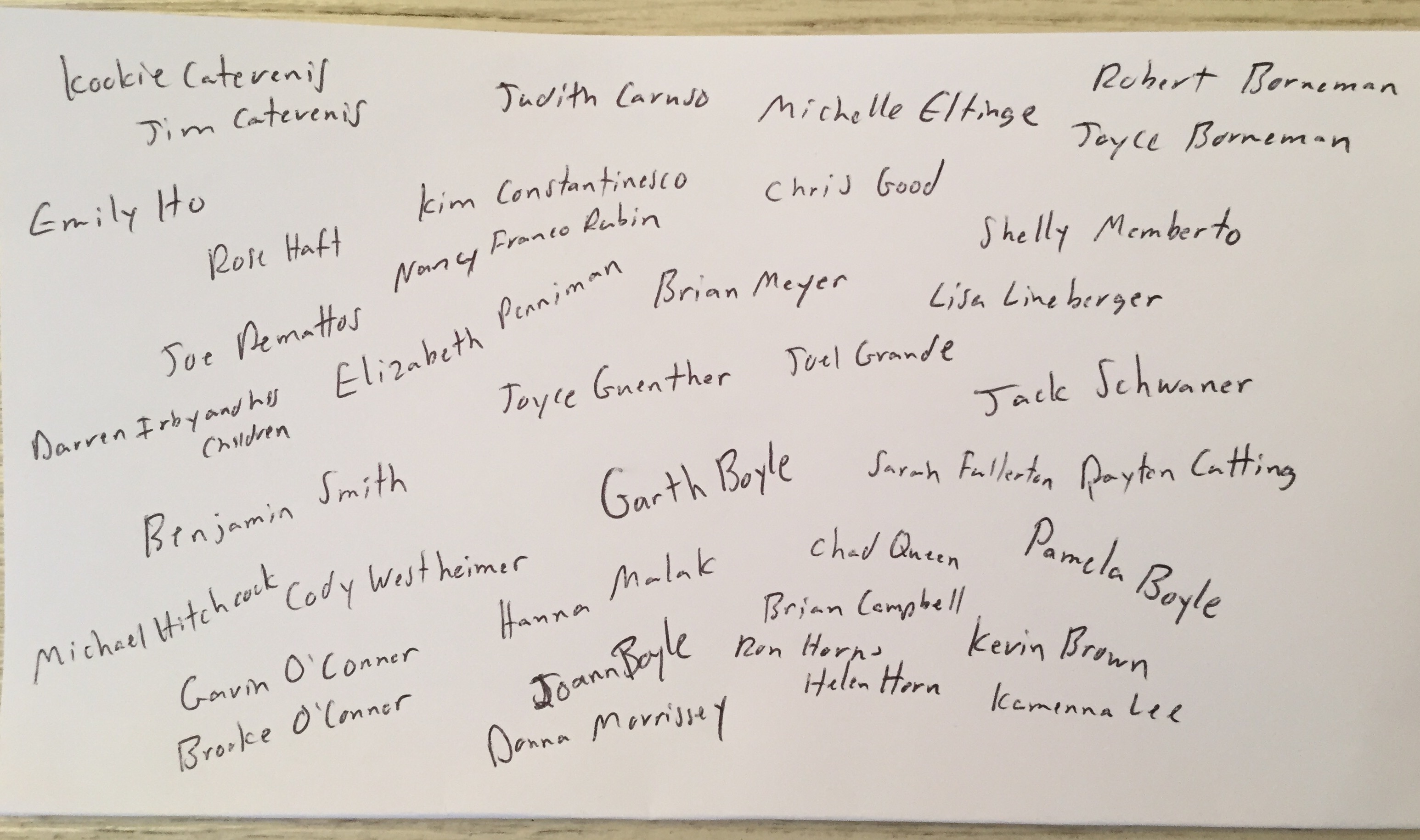
 TRIATHLETE MAGAZINE
TRIATHLETE MAGAZINE
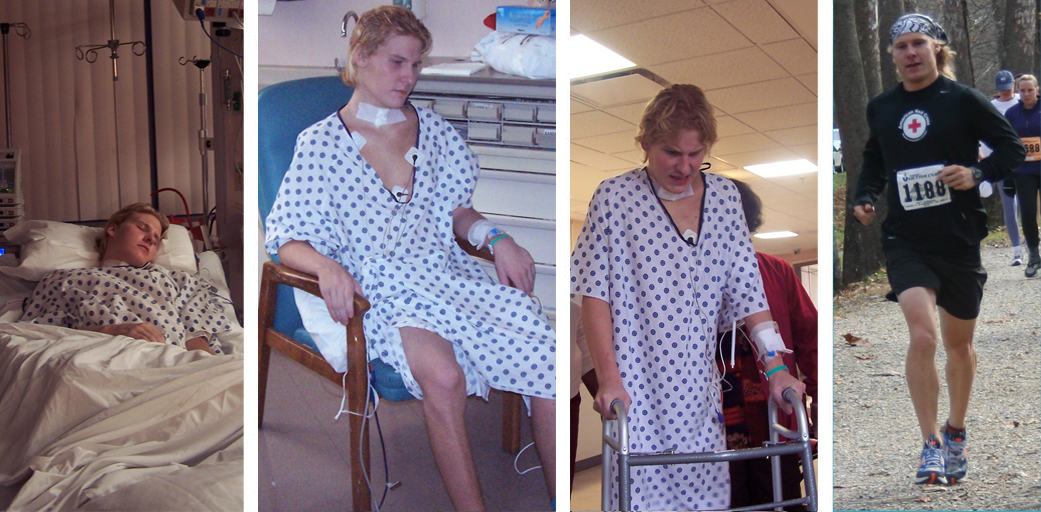 Every two seconds somebody in the U.S. needs blood. As a former trauma patient, I experienced this firsthand back in 2004.
Every two seconds somebody in the U.S. needs blood. As a former trauma patient, I experienced this firsthand back in 2004.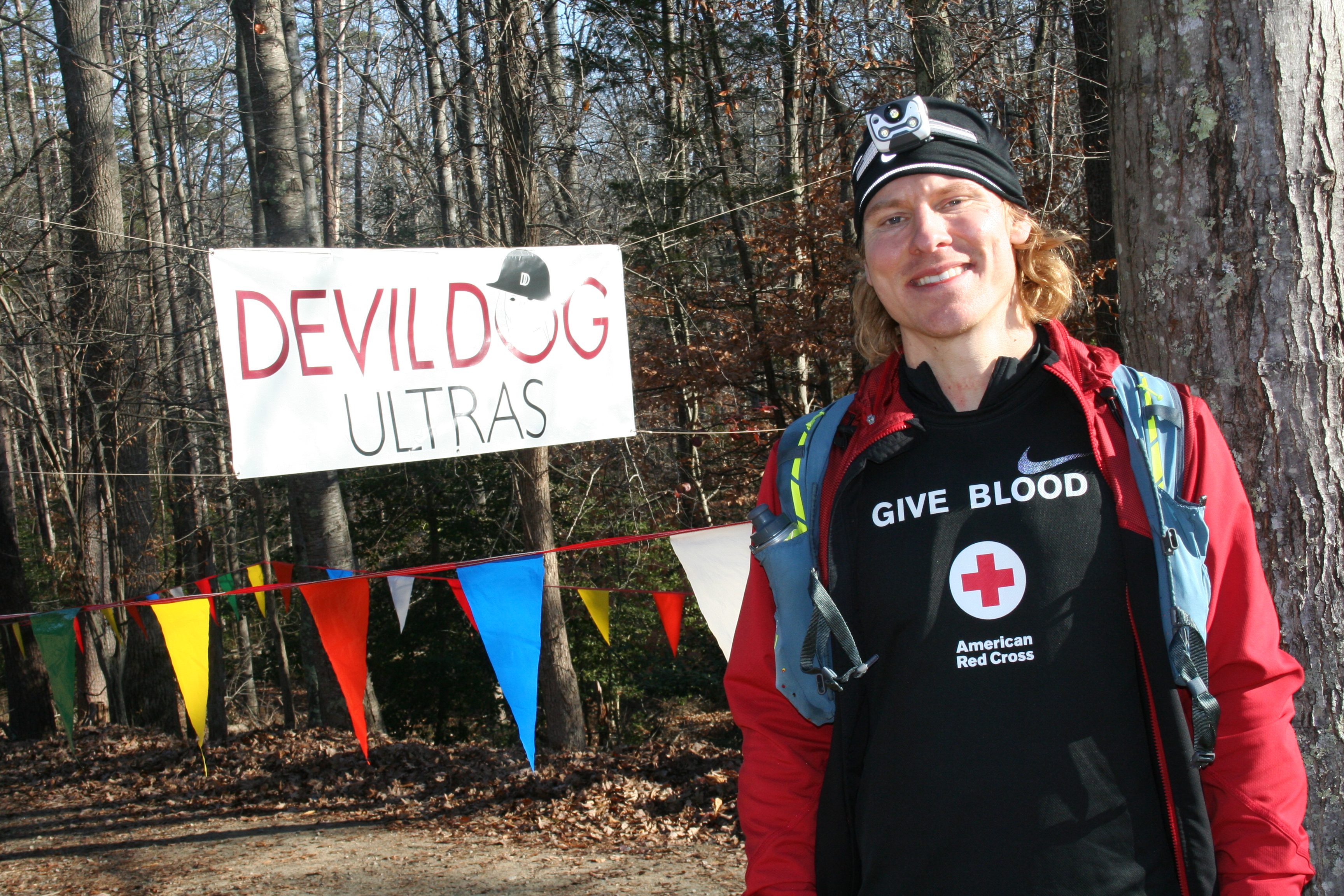
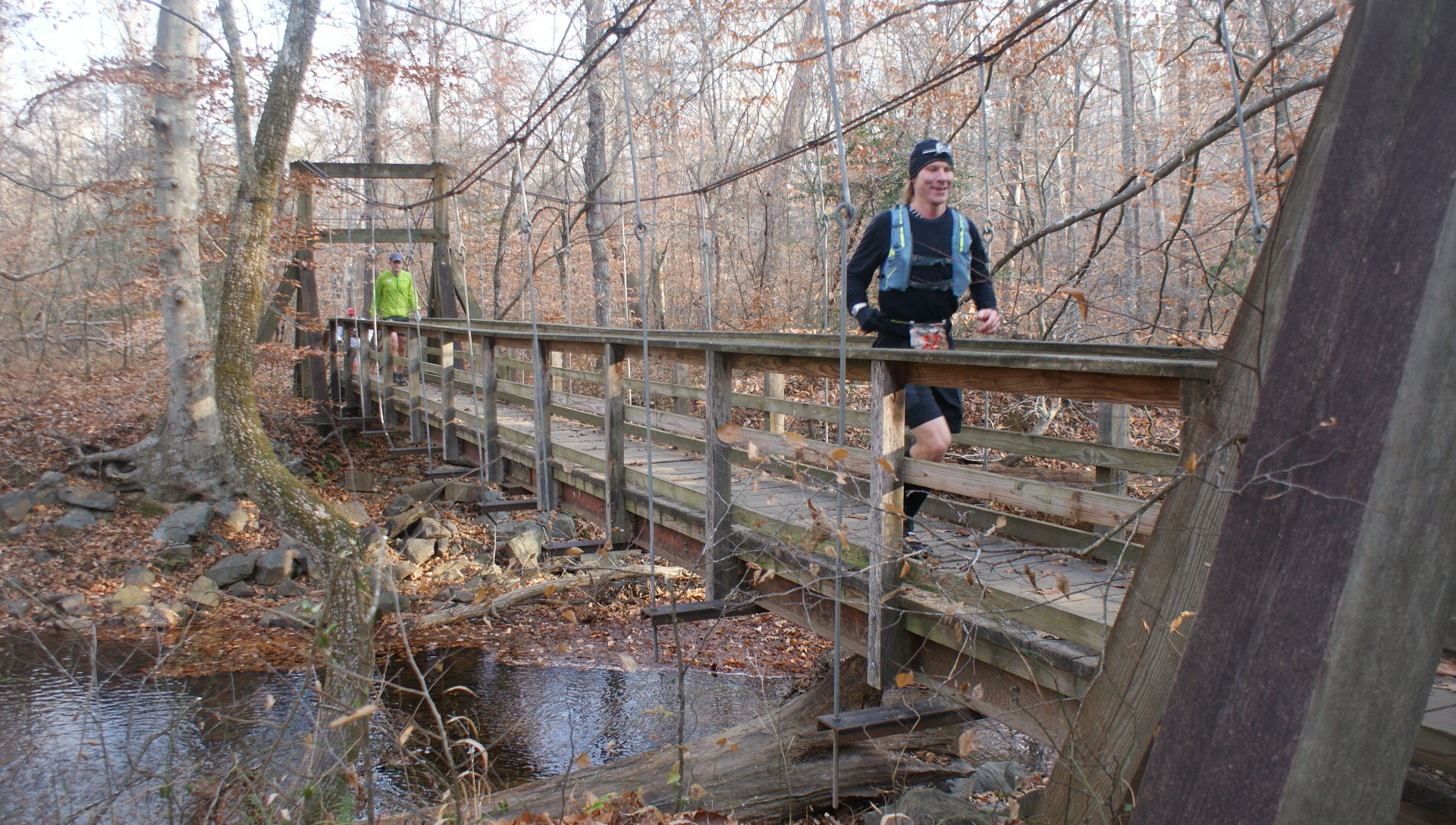
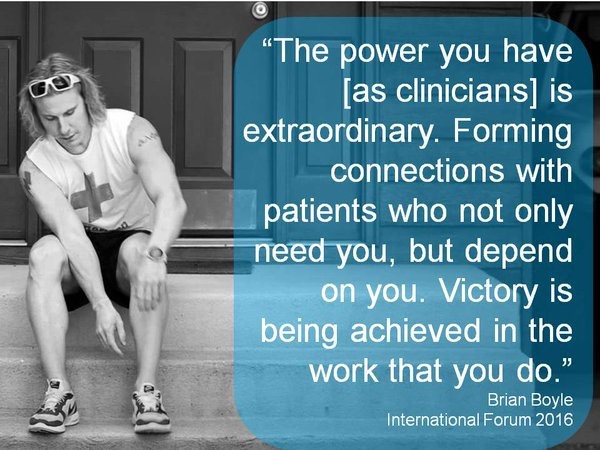 I was recently given the invitation by the British Medical Journal (BMJ) and the Institute for Healthcare Improvement (IHI) to give a keynote presentation at the International Forum on Quality & Safety in Healthcare. The Forum took place in Gothenburg, Sweden and the audience consisted of 3,300 healthcare professionals who are making an impact in quality improvement and patient safety.
I was recently given the invitation by the British Medical Journal (BMJ) and the Institute for Healthcare Improvement (IHI) to give a keynote presentation at the International Forum on Quality & Safety in Healthcare. The Forum took place in Gothenburg, Sweden and the audience consisted of 3,300 healthcare professionals who are making an impact in quality improvement and patient safety.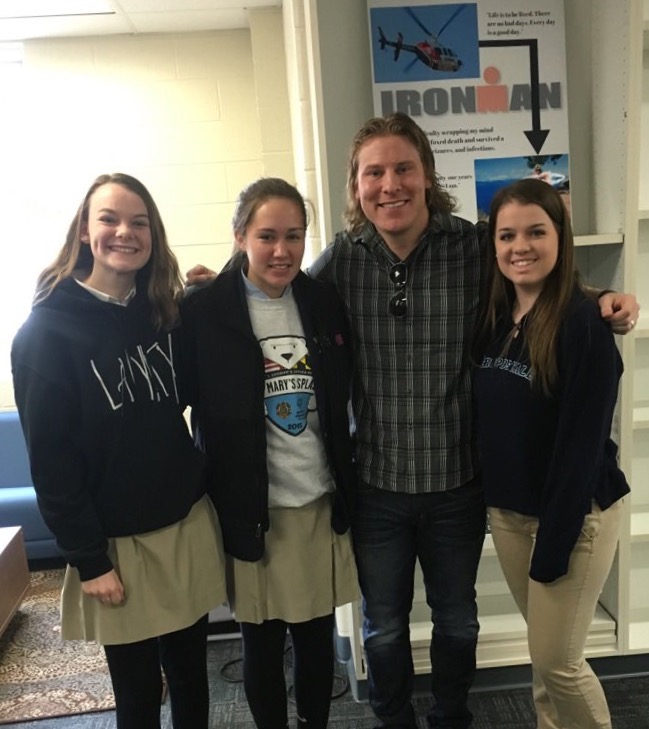 This was the fifth year I spent the day discussing my book Iron Heart with the English classes at St. Mary’s Ryken High School. I always enjoy getting to visit with these talented students.
This was the fifth year I spent the day discussing my book Iron Heart with the English classes at St. Mary’s Ryken High School. I always enjoy getting to visit with these talented students.


 Editors Note Through his story of a near life ending event to a recovery that continues to inspire so many around the world, Brian’s greatest gift in the authentic passion he brings to the topic of the patient experience. Inspired by those who in his darkest hours still honored him for the individual he was and the humanity he represented, Brian continues to strive to elevate the conversation on the little things we can do to have big impact on people’s lives. Brian’s latest book, The Patient Experience: The Importance of Care, Communication, and Compassion in the Hospital Room, continues his contribution to the patient experience conversation as an advocate for all the good that can be done in healthcare every day.
Editors Note Through his story of a near life ending event to a recovery that continues to inspire so many around the world, Brian’s greatest gift in the authentic passion he brings to the topic of the patient experience. Inspired by those who in his darkest hours still honored him for the individual he was and the humanity he represented, Brian continues to strive to elevate the conversation on the little things we can do to have big impact on people’s lives. Brian’s latest book, The Patient Experience: The Importance of Care, Communication, and Compassion in the Hospital Room, continues his contribution to the patient experience conversation as an advocate for all the good that can be done in healthcare every day.
You must be logged in to post a comment.